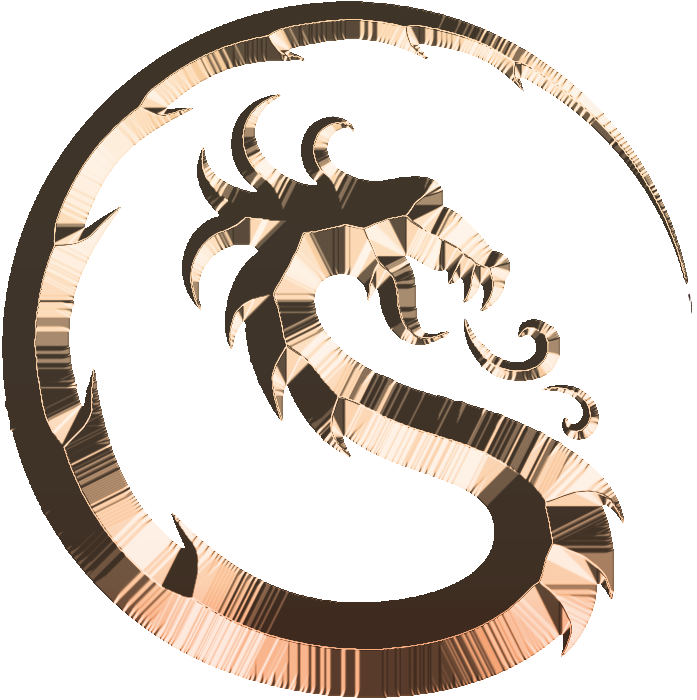In preparation for a recent vacation that included several days in Bavaria, I read The Ludwig Conspiracy by German author Oliver Pötzsch. The novel concerns the mysterious death of King Ludwig II of Bavaria in 1886.
Ludwig, known sometimes as “Mad King Ludwig” or the “Fairy-tale King,” built some of the most eccentric and fantastical castles in Europe. According to the author, he was one of the most famous personages of his time and a patron of composer Richard Wagner. Three days before his death, he had been deposed on the grounds of insanity. When he was later found drowned in shallow water, conspiracy theories abounded. The novel purports to reveal the true story of what happened.
The Ludwig Conspiracy is a thriller in the style of books like The Da Vinci Code, although it lacks the frenetic, page-turning pace of Dan Brown’s novels. While most of the book takes place in 2010, there are numerous flashbacks to the late nineteenth century, told through the view of Theodor Marot, a personal friend of Ludwig’s who served as medical assistant to the king’s personal physician. With these ongoing flashbacks, the book reminded me a bit of Kate Mosse’s Labyrinth, and these historical scenes were among my favorites in the novel.
The book begins—much like The Da Vinci Code—with a murder. Through a brief prologue, we learn that the victim was a professor and an expert on Ludwig II. The shadowy murderer, referred to only as the “king,” is searching for a diary that holds the key to King Ludwig’s mysterious death—and something even more significant. It turns out the professor hid the diary in an old bookshop in Munich, and that is where the story begins.
There, we meet its proprietor and the story’s protagonist, mild-mannered, fifty-something-year-old Steven Lukas. He’s not your typical thriller hero, brave and brilliant like Dan Brown’s Robert Langdon. Although he’s intelligent, Lukas is a loner who is more in love with old books than anything else. He also hasn’t been with a woman in ages, which plays into the story’s somewhat romantic subplot. But when he discovers the diary in one of his bookshelves, he realizes strangers are willing to kill for it.
Just as the bad guys are closing in on Lukas, he meets a young woman who bears a resemblance to Audrey Hepburn, named Sara Lengfeld. She’s also the niece of the murdered professor and an art detective, or so she says. She warns Steven that his life is in danger, and after saving him from the King’s thugs, the two embark on a quest to discover the truth.
The diary, written by Marot, is encoded in a cryptic cipher. As Lukas and Sara work to decode it, the novel begins to alternate between the present-day narrative and Marot’s first-person flashbacks, which gradually reveal the events surrounding Ludwig’s demise. Marot becomes a fully developed character in his own right, and these sections were, for me, the strongest parts of the book. Without them, the novel would have felt like a lesser version of a Dan Brown thriller.

The story of Marot and Ludwig, interspersed throughout the novel, contains clues to what really happened, along with a more shocking revelation that is one of the novel’s big twists. Marot becomes as much of a character as Steven and Sara, and I’m glad the author went down this road. Otherwise, the novel would have been a lesser version of the types of thrillers Dan Brown has made famous.
Marot’s diary also contains mysterious, nonsensical strings of letters. Lukas and Sara come to believe the key to deciphering them lies hidden in the fairytale-like castles Ludwig built during his reign: Linderhof, Herrenchiemsee, and most famously, Neuschwanstein Castle, the inspiration for Cinderella’s Castle at Disneyland. Much of the novel’s third act takes place at that spectacular site.
Like any good thriller of this variety, the codes were clever, and the mystery drives the story. The twists—and there are always twists in a book like this—worked for the most part, though some were less shocking than others. Before reading the novel, I knew very little about Ludwig II, so discovering his story and the real-life conspiracy theories surrounding his death was half the fun. According to the author, those conspiracy theories were reminiscent of those surrounding the murder of JFK, and the conclusion the novel reaches is both plausible and satisfying.
If you enjoy thrillers in the style of The Da Vinci Code that involve puzzles, history, and iconic places, this novel should not disappoint. While it doesn’t match Dan Brown’s relentless pace, the historical flashbacks involving Marot and Ludwig add a special touch for fans of historical fiction. And if you are planning to visit Bavaria, the book will add an extra layer of fun as you find yourself treading through locations where many of the novel’s scenes were set. It’s a rare pleasure when a novel and a destination enhance each other so well, and reading this book on the way there enriched what was already a spectacular journey.

